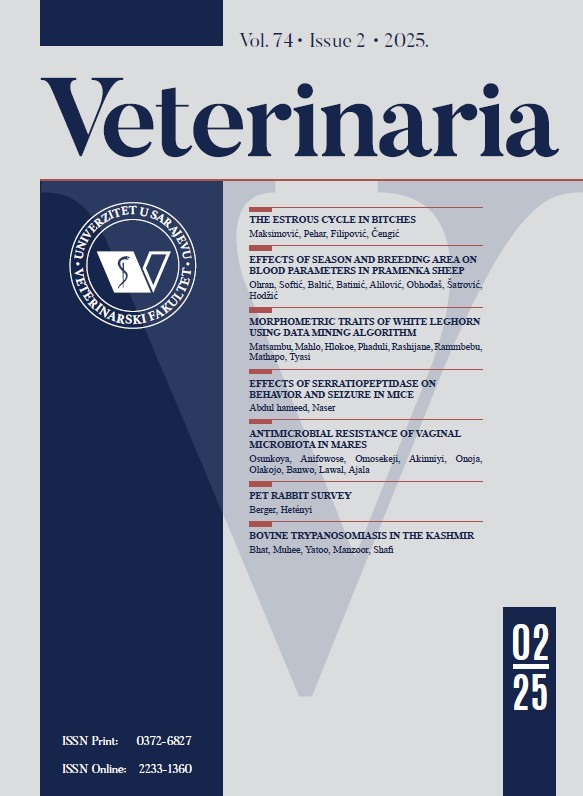Mechanism of action of antibiotics which inhibit synthesis of bacterial cell wall
Keywords:
bacterial cell wall, paptidoglycan, antibiotics, β-lactamsAbstract
Bacterial cell possess a cell wall, which is a main difference from mammalian cells. Its basic function is to provide the strength of bacteria, keeps its shape
and provides an unusually high internal osmotic pressure. Synthesis of (construction) of bacterial cell wall occurs in at least three phases. All of these three phases can be influence by a variety of antibiotics in way to inhibit its synthesis. The most important drugs that act in this manner are β-lactam antibiotics (penicillins, cephalosporins, cephamycins and other β-lactams). They interfere with the synthesis of the bacterial cell wall peptidoglycan. After attachment to penicillin binding proteins (PBP) on bacteria, they inhibit the transpeptidation enzyme that cross-links the peptide chain attached to the inhibitor of autolytic enzymes in the cell wall, wich leads to lysis of the bacteria. Vancomycin inhibits the release of the building block unit from the carrier, thus preventing its addition to the growing end of the peptidoglycan. Cycloserine, which is a structural analogue of D-alanine, prevents the addition of the two terminal alanine residue to the initial tripeptide side-chain on N-acetylmuramic acid by competitive inhibition. Bacitracin interferes with the regeneration of the lipid carrier by blocking its dephosphorylation.
Downloads
Published
How to Cite
Issue
Section
License
Copyright (c) 2020 Indira Mujezinović

This work is licensed under a Creative Commons Attribution 4.0 International License.







